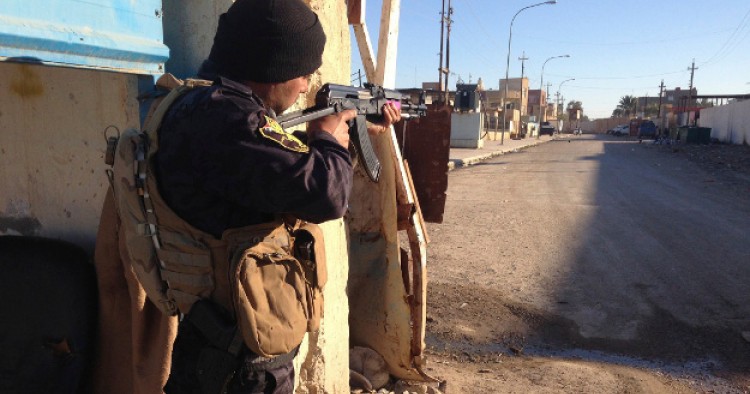This op-ed first appeared in The New York Times on June 16, 2014. Click here to view the full article.
To go by much of the commentary about Iraq in recent days, the country is already past the breaking point under the lightning campaign by Sunni insurgents. Reinforced by hardened fighters from Syria and sympathetic communities in northern and western Iraq, the insurgents control much of Mosul, the most important city in northern Iraq, and Tikrit, the home of Saddam Hussein’s clan, and they have laid siege to Samarra, the site of one of Shiism’s most storied shrines. It would be no surprise if the next few weeks brought them to the gates of Baghdad.
But an assault on Baghdad, or even its capture, would be an illusory victory. It can only end in defeat — and the strengthening of the insurgents’ sworn Shiite enemies in Baghdad and, especially, Tehran.
First, consider the brute demographic reality. Unlike in Syria, Sunnis are a relatively small part of the Iraqi population, about 25 percent — though they are a majority in some areas of the west and north. And in Baghdad their numbers are minuscule.
The reason for this lies in an earlier Sunni revolt triggered by the second gulf war. Baghdad was the target then, too, and its Sunni population was about 35 percent. As the Sunnis asserted themselves militarily, Shiites struck back; by 2008, when their fury was largely spent, Sunnis were reduced to as little as 12 percent of the city’s population.
If the insurgents of the Islamic State in Iraq and Syria, or ISIS, enter Baghdad’s residual Sunni neighborhoods, they will likely be welcomed, but they won’t have much to work with, nor will they have the strategic depth they will need in the street fighting that ensues.
This op-ed first appeared in The New York Times on June 16, 2014. Click here to view the full article.
The Middle East Institute (MEI) is an independent, non-partisan, non-for-profit, educational organization. It does not engage in advocacy and its scholars’ opinions are their own. MEI welcomes financial donations, but retains sole editorial control over its work and its publications reflect only the authors’ views. For a listing of MEI donors, please click here.












